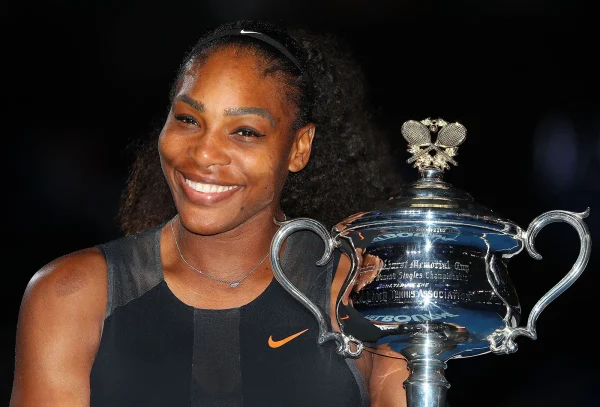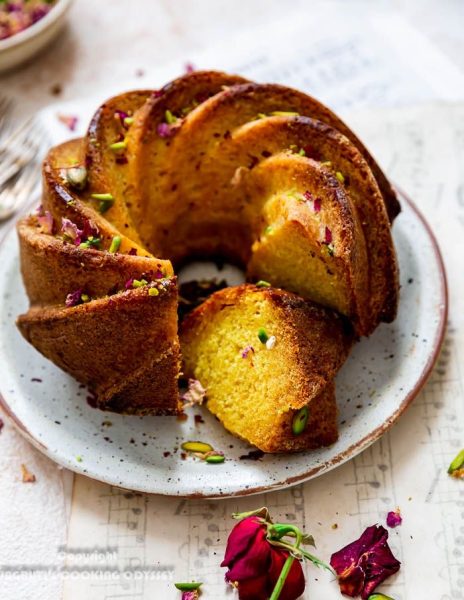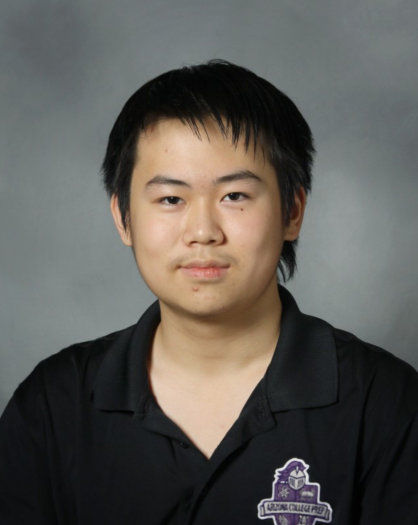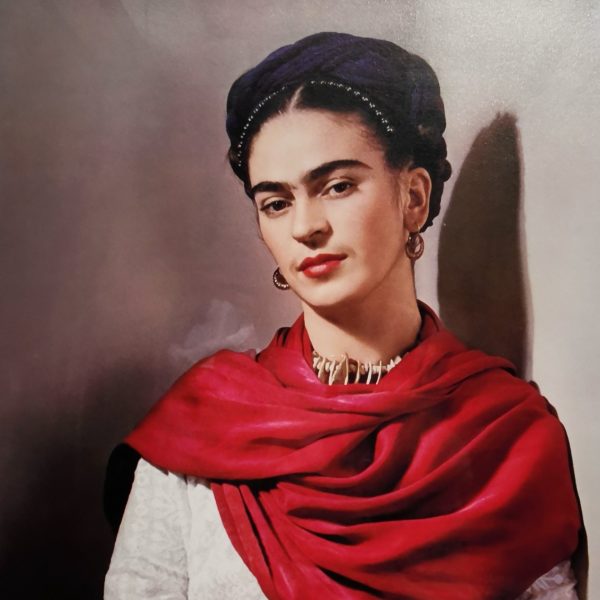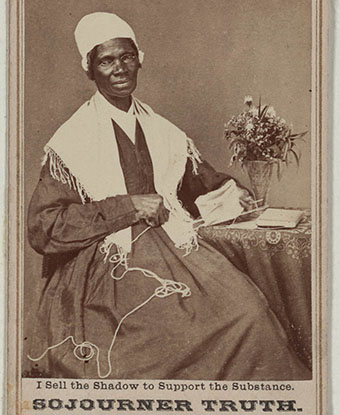Discovering the History of Hanukkah, Christmas, and Kwanzaa

The last three months of the year are full of family traditions, interesting history, and many holidays. Three of the main holidays celebrated in December are Hanukkah, Christmas, and Kwanzaa. These three drastically different holidays have diverse histories that will be dissected in this article.
To begin, Hanukkah is a traditional Jewish Holiday commemorating the rededication of the Second Temple, which replaced the First Temple when it was destroyed in 586 BCE by the Neo-Babylonian Empire, in Jerusalem during the time of the Maccabean Revolt, which was a Jewish rebellion lasting from 167 BCE to 160 BCE, against the Seleucid  Empire. Now you may be asking, what is the significance of all this? Well, Hanukkah marks the successful rebellion against Antiochus IV Epiphanes, a Greek King who prosecuted the Jewish people, and the purification of the Second Temple. Hanukkah is celebrated for eight days and nights, beginning on the 25th day of Kislev, according to the Hebrew Calendar. This date can occur anywhere between late November to late December. Lighting candles each night is the traditional way to celebrate these eight days and nights. A candle is lit each night by the shamash until all eight candles are lit. Many people sing songs, such as Ma’oz Tzur, reciting prayers, eating foods fried in oil, such as latkes, a potato pancake, playing games, such as dreidel, and giving Hanukkah gelt, which is used to give children small sums of money to show gratitude.
Empire. Now you may be asking, what is the significance of all this? Well, Hanukkah marks the successful rebellion against Antiochus IV Epiphanes, a Greek King who prosecuted the Jewish people, and the purification of the Second Temple. Hanukkah is celebrated for eight days and nights, beginning on the 25th day of Kislev, according to the Hebrew Calendar. This date can occur anywhere between late November to late December. Lighting candles each night is the traditional way to celebrate these eight days and nights. A candle is lit each night by the shamash until all eight candles are lit. Many people sing songs, such as Ma’oz Tzur, reciting prayers, eating foods fried in oil, such as latkes, a potato pancake, playing games, such as dreidel, and giving Hanukkah gelt, which is used to give children small sums of money to show gratitude.
Christmas is a Christian holiday celebrated on December 25, to commemorate the birth of Jesus Christ. In the early years of Christianity, the birth of Jesus was not celebrated, until church officials, during the fourth century, instigated the birth of Jesus to be celebrated as a holiday. Many believers would attend church then leave to drink and celebrate in a similar fashion to Mardi Gras. The poor, who could not afford this lavish celebration, would go to the doors of the rich and demand their finest food and drinks. If the rich did not comply, the poor would terrorize the rich with  “mischief”. Christmas soon became a time of year when the upper class would repay their “debt” to society by entertaining the less fortunate citizens. Through this, many traditions came out, such as Christmas carols, presents, and Santa Claus. Interestingly enough, Christmas presents were derived from the story within the Christian Bible, where three wise men brought baby Jesus three presents at his birth, Gold, Frankincense, and Myrrh. Many families honor this tradition by giving and receiving presents to and from their loved ones. Also, Santa Claus originated from a monk named St. Nicholas, who was known for giving away all his inherited wealth and traveling to help the sick and poor. Soon enough, the name Santa Claus was derived from St. Nicholas’ shortened name, Sinter Klaas. Fictional stories were then created from St. Nicholas’ behavior, who we know today as the Jolly Saint Nick, Santa Claus.
“mischief”. Christmas soon became a time of year when the upper class would repay their “debt” to society by entertaining the less fortunate citizens. Through this, many traditions came out, such as Christmas carols, presents, and Santa Claus. Interestingly enough, Christmas presents were derived from the story within the Christian Bible, where three wise men brought baby Jesus three presents at his birth, Gold, Frankincense, and Myrrh. Many families honor this tradition by giving and receiving presents to and from their loved ones. Also, Santa Claus originated from a monk named St. Nicholas, who was known for giving away all his inherited wealth and traveling to help the sick and poor. Soon enough, the name Santa Claus was derived from St. Nicholas’ shortened name, Sinter Klaas. Fictional stories were then created from St. Nicholas’ behavior, who we know today as the Jolly Saint Nick, Santa Claus.
Finally, Kwanzaa is celebrated form December 26 until January 1, to commemorate and honor African Heritage in African-American culture. Kwanzaa has seven core principals: purpose (Nia), unity (Umoja), Cooperative Economics (Ujamaa), self-determination (Kujichagulia), faith (Imani), creativity (Kuumba), and collective work and  responsibility (Ujima). Similar to Hanukkah, each night a candle is lit, and one of the seven core principals of Kwanzaa are discussed. These principals, called Nguzo Saba in Swahili, are values of the African culture that help build and reinforce the community among African-Americans. Along with this, many people traditionally celebrate through poetry readings, a large meal, storytelling, and African drums. Kwanzaa also utilizes seven symbols (Mazao- crops, Mkeka- place mat, Vibunzi- ear of corn, Mishumaa Saba- the seven candles, Kinarar- candleholder, Kikombe Cha Umoja- the Unity Cup, and Zawadi- gifts) that represent values of the African culture, and a big feast, called a Karma, is held on New Year’s Eve, December 31. As said before, each day of Kwanzaa is celebrated by discussing a new topic. This celebration is incredibly unique and complicated, and I urge you all to look into these three celebrations to find out more.
responsibility (Ujima). Similar to Hanukkah, each night a candle is lit, and one of the seven core principals of Kwanzaa are discussed. These principals, called Nguzo Saba in Swahili, are values of the African culture that help build and reinforce the community among African-Americans. Along with this, many people traditionally celebrate through poetry readings, a large meal, storytelling, and African drums. Kwanzaa also utilizes seven symbols (Mazao- crops, Mkeka- place mat, Vibunzi- ear of corn, Mishumaa Saba- the seven candles, Kinarar- candleholder, Kikombe Cha Umoja- the Unity Cup, and Zawadi- gifts) that represent values of the African culture, and a big feast, called a Karma, is held on New Year’s Eve, December 31. As said before, each day of Kwanzaa is celebrated by discussing a new topic. This celebration is incredibly unique and complicated, and I urge you all to look into these three celebrations to find out more.
Knights, our student body is vastly diverse, one of the most diverse in our 46,000 CUSD population of students, but we come together as a family and prosper. I wish you all luck on your finals, and I hope you all have a great Winter Break, along with a happy, healthy start to your new year!
https://en.wikipedia.org/wiki/Hanukkah
https://www.history.com/topics/christmas
https://www.history.com/topics/holidays/kwanzaa-history
https://www.cnn.com/2017/12/26/us/kwanzaa-explainer-trnd/index.html



